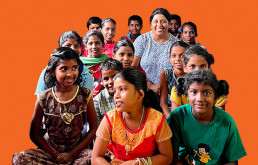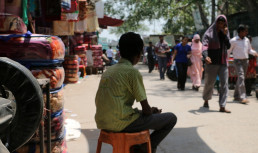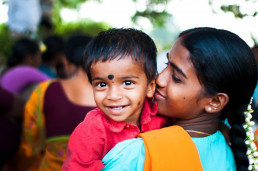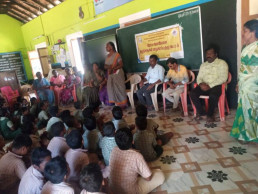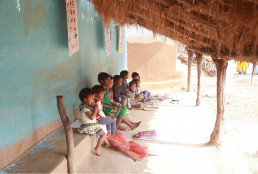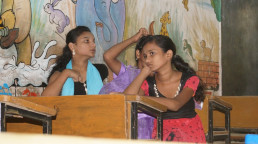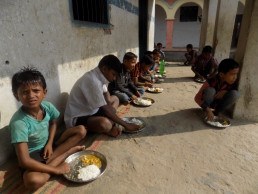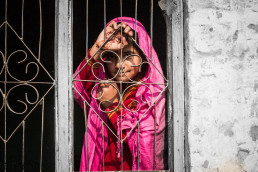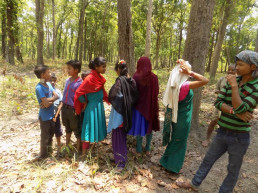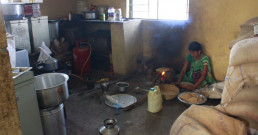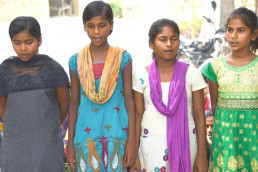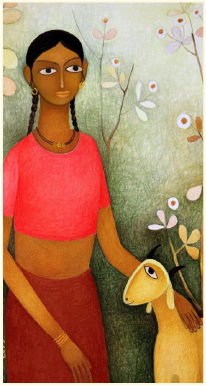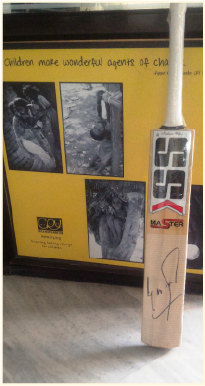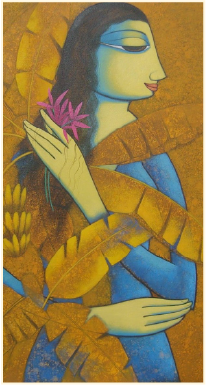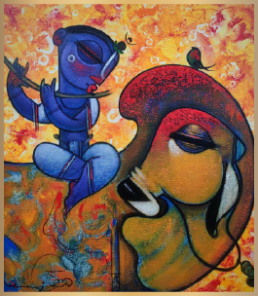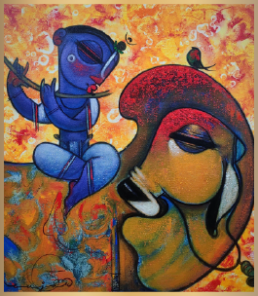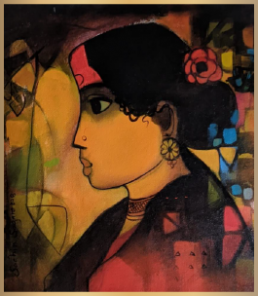Imagine how frustrating school would have been for you (as a native speaker of English and/or one of the many major languages of India) if your primary teachers had spoken only Latin?
That may sound like a far-fetched scenario. But for tribal children in Odisha, the struggle to comprehend basic lessons had been, until recently, all too real.
In October of 2022, I visited CRY America-supported project Shikshasandhan in Odisha state where I learnt about the plight of children from the indigenous Ho tribe, who faced a daily language barrier to learning in public schools, where only the official language of Odia is used by teachers.
Thanks to our donors’ support of Sikshasandhan and the vision, drive and unique local knowledge of Project Director Mr. Anil Pradhan, these children now have a clear path to understanding that is not only sustainable, but is now being scaled up by the Odisha state government.
The story so far…
The Ho language is spoken by about 1.5 million tribal people throughout Odisha, Jharkhand and West Bengal. With roots in another language group, spoken and written Ho is as different from Odia as the proverbial chalk and cheese. For example, “mother” translates to “mata” in Odia and “enga” in Ho.
In addition to these language concerns, tribal people face a lack of access to schools owing to the remoteness of their habitations. Though the enactment of India’s Right to Education (RTE) Act of 2010 ensures free and compulsory education for all children in the age group of 6 to 14 years, the implementation of this law remains a challenge in the India’s tribal regions.
It goes without saying that lessons, schoolbooks, and lectures are of little value if students lack the capacity to comprehend. For children from the Ho-speaking community in Mayurbhanj, the consequences had been dire. Out of nearly 1500 children, 43% had been deprived of their education, due in part to discouragement and subsequent dropout.
Sikshasandhan’s Strategy
Mr. Pradhan is an expert in educational delivery, and stands at the vanguard of RTE implementation in his area. He is a convener to the Odisha state Right to Education forum and, having conceptualized the Multi-Lingual Education (MLE) approach, is a founder of its drafting committee.
To Mr. Pradhan, the solution to a communication failure was obvious: Offer classes in the local language to the tribals. With that general strategy in mind, Sikshasandhan is one of the few organizations working toward MLE for tribal children.
Sikshasandhan piloted MLE for children from the Kolha tribe in Mayurbhanj district, using tribal language-appropriate educational materials that the organization had developed. True to CRY America’s guiding principle of creating locally owned solutions for local problems, Sikshasandhan realized the importance of recruiting and training teachers and language assistants from the tribal community itself. These teachers taught in the tribal language of Ho, while gradually integrating the state language of Oria.
Special constitutional provisions for teachers from tribal communities proved a boon to Shikshasandhan’s work. Rather than having to hold a university degree, an MLE teacher can become a regular teacher after 6 years of teaching regularly in school and after passing a test conducted by the government. To date, Sikshasandhan has trained 3500 MLE teachers who are now serving more than 5000 tribal children. In addition, MLE teachers receive coaching and preparatory resources for the government exam.
Sikshasandhan’s successful model caught the attention of the Mayurbhanj District Collector, who was so impressed that he extended the program to 176 other schools within the district. The MLE initiative was further scaled up in 2014, when the Government of Odisha applied the model in other districts and with other tribal groups. Some of the MLE teachers recruited by Sikshasandhan were also absorbed into the initiatives of the district administration and the state government.
A Lasting Impact
Use of the local language in schools has resulted in 100% of children enrolled in local public schools. Students are now fully engaged in their studies, and their level of interest has risen to the degree that dropout rates have plummeted to zero. Since children are attending school, the rates of child labor – and of migration of children out of the district in pursuit of work – have been reduced significantly.
The uptick in attendance and retention has had a multiplying effect on the accessibility of schools, also. State policy holds that any school with fewer than 50 students must be merged with a nearby school. In the past, this had created an additional barrier for students from a shuttered school, who would have to travel a longer distance to a neighboring facility. With the advent of MLE, all of the 9 total schools in the area are now fully attended and no longer at risk of closure.
Mr. Pradhan observed how MLE has unlocked the potential for so many children who, even if they managed to complete primary school, fell into labor soon thereafter. Now, children are moving on to higher secondary education opportunities in cities such as Bhubaneswar and Cuttack. And every time these young people return to their village, they inspire children and parents alike to pursue the same goal of education and higher education.
Support Projects like Sikshasandhan by donating on: https://www.cryamerica.org/donation/
Recommended for you












